2020 is now in full swing, and the debate for which eCommerce platform is the best suited to users is heating up. Why wouldn’t it be? With traditional businesses facing significant problems due to the pandemic, many are now shifting towards eCommerce as a viable option.
But businesses trying to embrace eCommerce are running into a snag. They don’t know which platform to use. So if you’re a business owner, this article is for you.
We’ll be comparing three powerful eCommerce platforms: Magento, Shopify, and WooCommerce.
At the end of this article, you will have a general idea of what each platform has that your store can benefit from.
So, without further ado, let’s begin.
Magento vs. WooCommerce vs. Shopify: A Comparison of the Three Giants
Magento
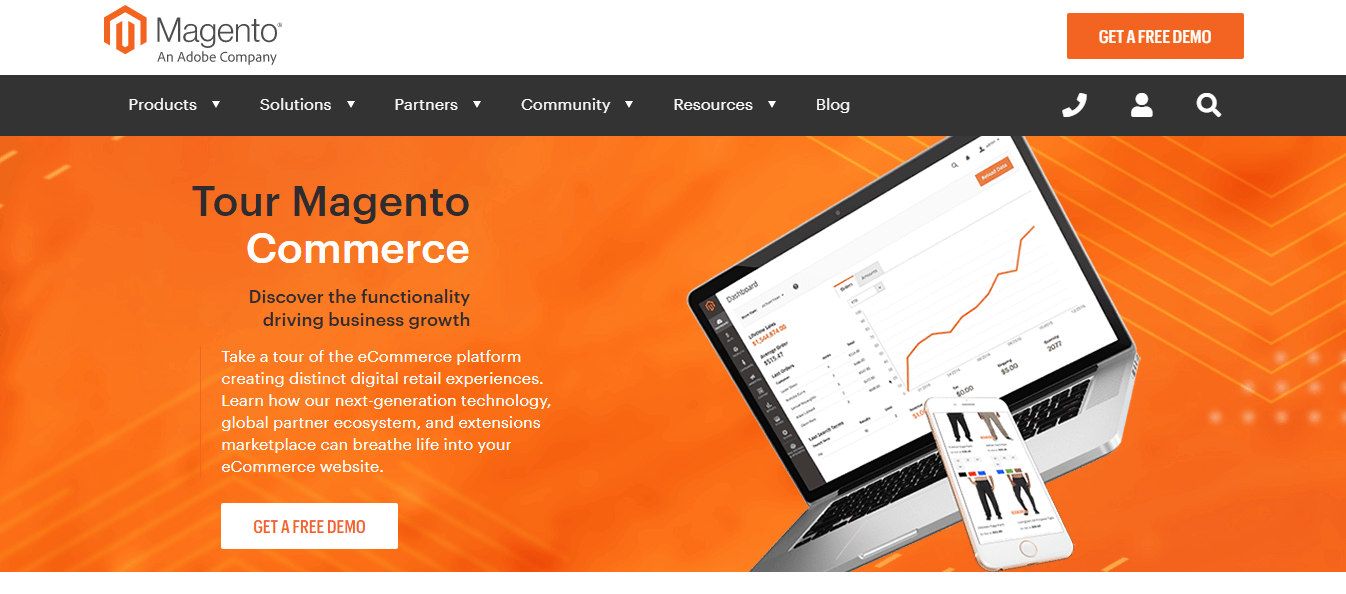
One of the most powerful eCommerce platforms, Magento is sought-after by merchants worldwide.
Magento has helped merchants sell more than 155 billion dollars worldwide. Its success in the eCommerce industry due to its performance, promised stability, and security has rendered its rise to the best enterprise eCommerce solution for all sorts of businesses.
With different versions for different types of users, Magento is vigilant about its products and constantly develops to make the platform more secure and reliable.
1. Platform Functionalities
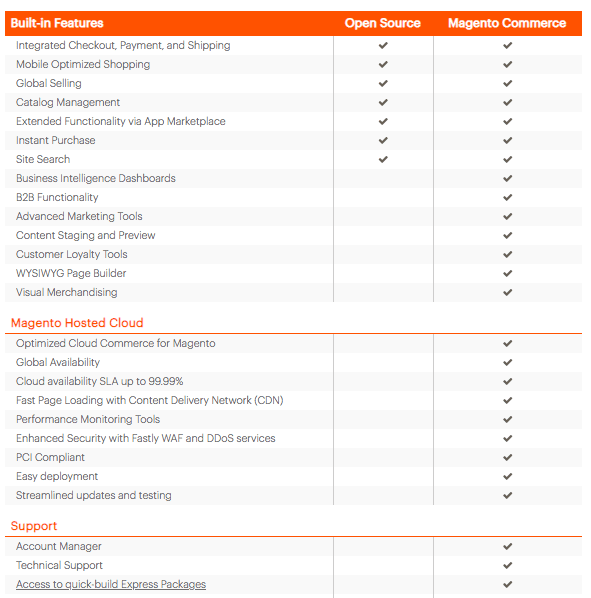
- Support for multiple sales channels for both businesses and consumers.
- BI, CRM, ERP, Progressive Web Applications (PWAs), inventory management, and order management integrations.
- Open-source customizability and support for cloud-based services and API integrations.
2. SEO
- A healthy SEO score of 90-95.
- It is optimized for SEO from the beginning.
- Support for a wide range of SEO activities, including robots.txt, image optimization, and meta-tags optimization.
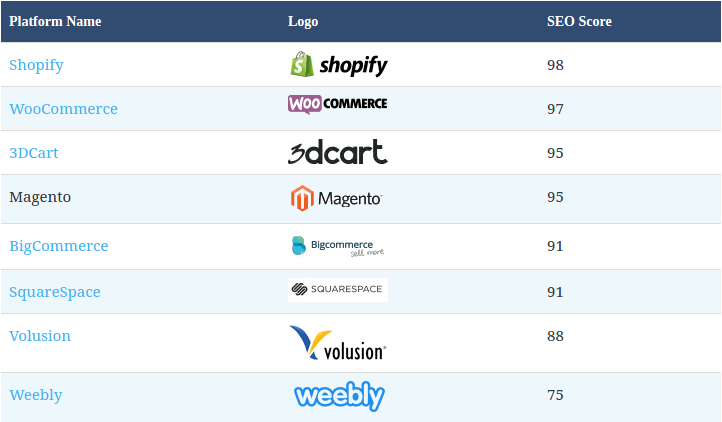
3. User-Friendliness
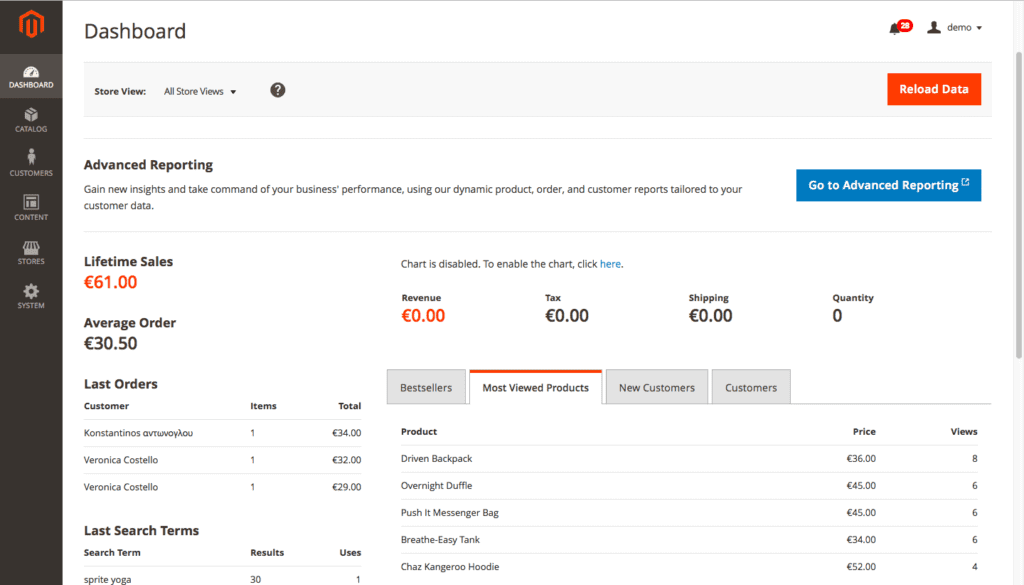
- Newer versions are a lot more user-friendly than their predecessors.
- Magento 2+ is very user-friendly with simplified user dashboards.
- User-friendliness is more when you have technical knowledge.
- If you’re a new user, it will take a long time to get acquainted with Magento.
4. Pricing and Additional Costs
- Pricing tiers vary for the Community and Enterprise editions.
- The Community version is free to use, but its resources are metered. Unfortunately, this means you cannot utilize the full extent of Magento. That said, it is best suited for small businesses.
- Magento has the enterprise edition for large-scale businesses, which comes with all the features required by an enterprise eCommerce business.
- You would have to incur hosting costs, domain names, and plugin charges in addition to the cost of the platform.
5. Customer Service and Support
- Different customer service tiers for other Magento editions.
- The customer support for the Community edition is lower than that of the Enterprise edition.
- Since the Enterprise edition makes you a top-tier customer, you also gain access to excellent customer service.
- For the Community Edition, it’s best to have a developer take care of maintenance since Magento does not provide it with the version.
6. Security and Performance
- Magento 2+ is highly focused on security initiatives and constant upgrades.
- Performance metrics like library support, address management system, page load times, and more have been improved.
- DDOS protection, XSS security, and other protective measures have been taken.
7. User Ratings and Reviews
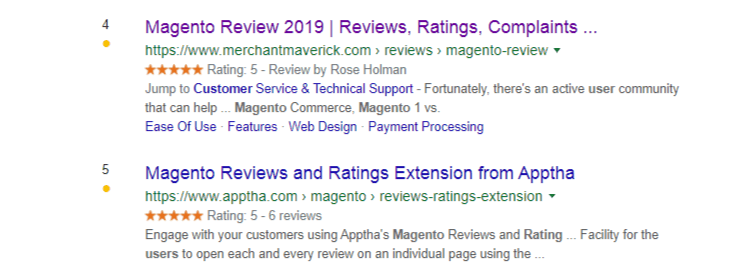
- Used by companies like Merchant Maverick, Liverpool FC, Landrover, and Ford, Magento has built a powerful presence online.
- The ratings and reviews, wherever you may go, are filled with praises. Those who don’t praise it usually call it out based on its pricing and technicalities.
- For medium to large-scale businesses looking to scale and become enterprises, Magento is the ideal solution.
8. Themes and Designs
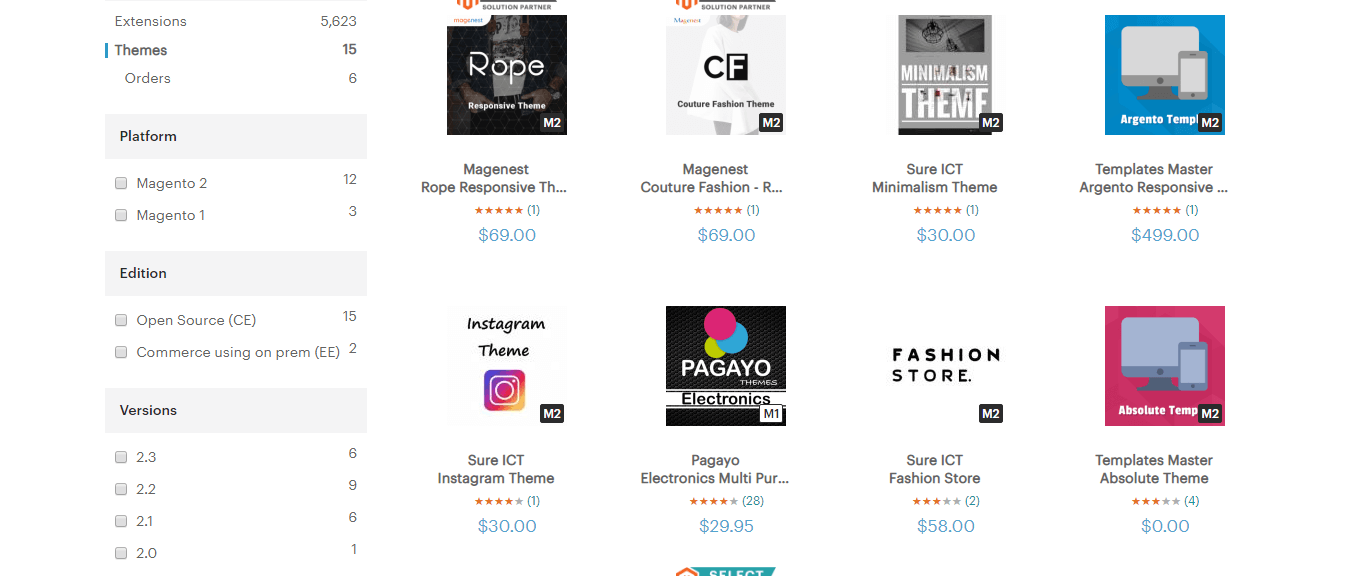
- Magento offers a huge collection of responsive and user-friendly themes for any eCommerce niche or industry.
- Customizability and affordability are the prime focus of the themes.
- Besides the official Magento Theme Store, you also have 3rd-party sites like ThemeForest that have a vast collection of Magento themes you can use.
WooCommerce
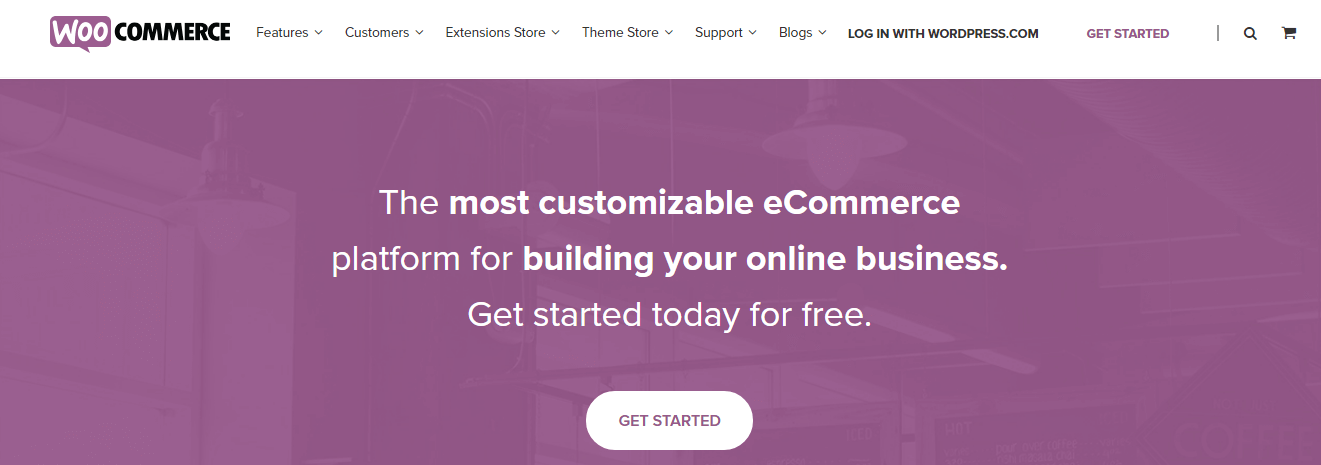
The most widely used eCommerce platform powered by the even more popular WordPress CMS, woo-commerce, and Shopify is a name to be reckoned with. A free plugin for WordPress, it gives you more than what you need to build a robust eCommerce platform.
Convenience and affordability are the primary forte of WooCommerce. It’s simple, and you can build a website regardless of your technical competencies. Because of this, it’s managed to dominate the eCommerce industry’s market share to a whopping 30%.
1. Platform Functionalities
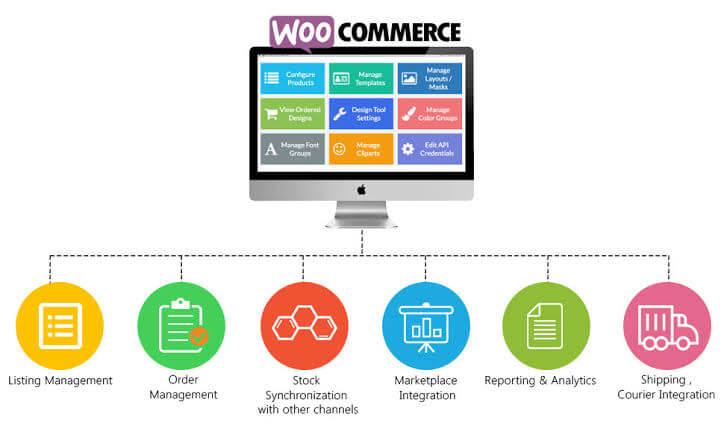
- Thousands of free plugins and extensions for all sorts of eCommerce purposes.
- Costing is free except for web hosting, SSLs, and domain names, which are more or less expensive.
- Support for managing product lists, orders, analytics, shipping, marketplace integration, and more.
- Develop coupons, tax systems, and product deliveries, and easily integrate multiple payment gateways.
2. SEO
- Having the highest (97) SEO score after Shopify, using WooCommerce can help you gain significant visibility for your b2b eCommerce development operations.
- Multiple SEO and digital marketing plugins are built to aid you in your marketing and visibility operations.
3. User-Friendliness
- Requires knowledge of the WordPress CMS. However, even a little bit of information can take you a long way.
- Easy to install, but a steep learning curve is required to set up the platform.
- Easier to use than Magento and Shopify. Moreover, plenty of tutorials are available to help you navigate the WooCommerce landscape.
4. Pricing and Additional Costs
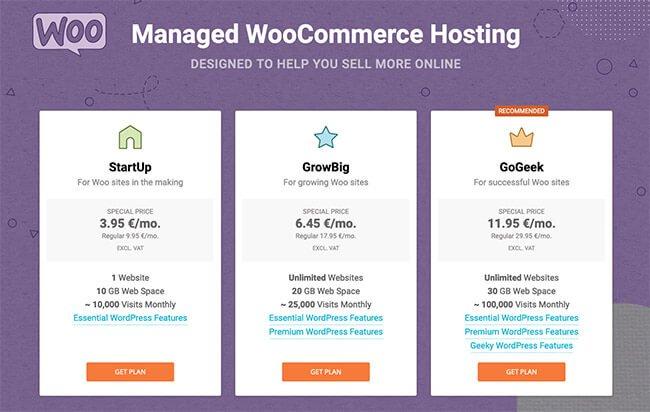
- Many sites’ hosting plans are specifically tailored for WooCommerce.
- For WooCommerce, you must purchase hosting, SSLs, and a domain name. These come cheap and expensive, depending on your requirements or budget.
5. Customer Service and Support
- Because it is open-source, just like the Magento Community Edition, you will always be limited to searching the internet when you’re looking for answers to queries.
- For its part, WooCommerce does have a customer support submission module where you can enter a support ticket for any query that you might have.
6. Security and Performance
- Both WordPress and WooCommerce enable security support.
- Has efficient support for the security of you and your customers’ data.
- Human errors may arise, but they are relatively benign and solvable.
7. Themes and Designs

- Has a better theme collection than Magento and Shopify.
- Highly customizable and responsive website themes.
- Faces no compatibility issues with plugins and extensions.
- New themes are rolled out daily.
8. User Ratings and Reviews
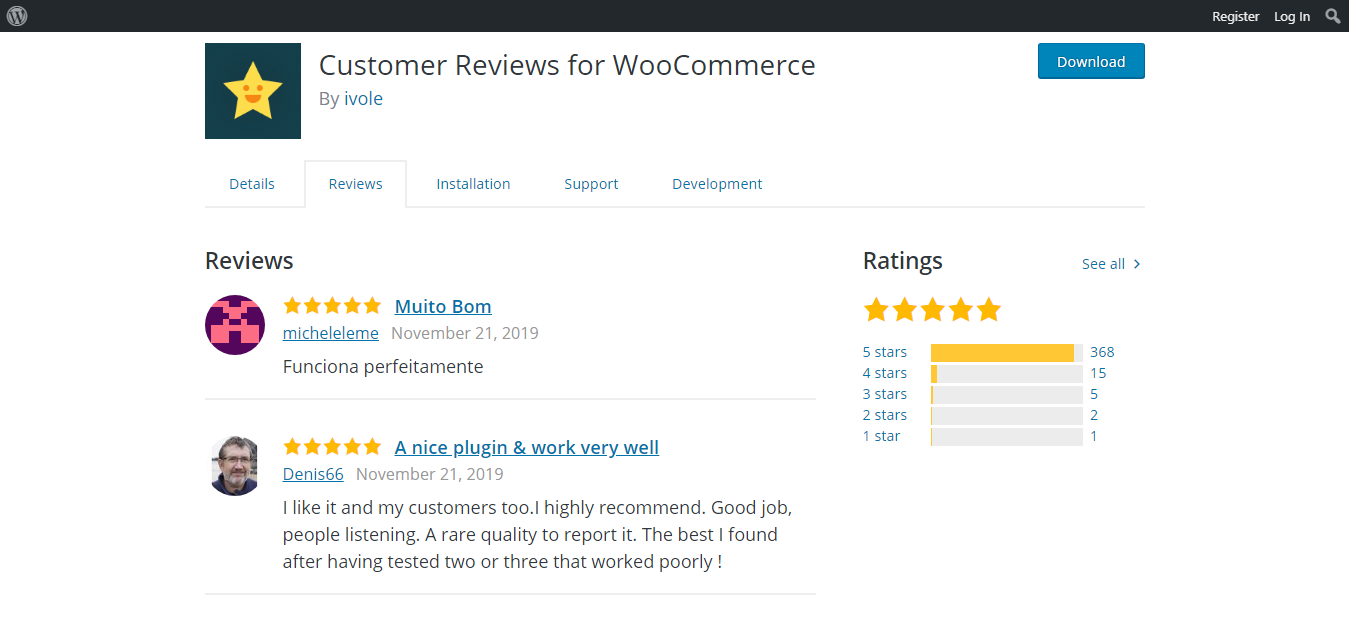
- Has a delighted user base.
- Most negative reviews usually border on the fact that you have to configure WordPress and WooCommerce by yourself, similar to the Community Edition by Magento. That said, if you’ve previously used WordPress, you won’t run into any particular snags.
Shopify

The third giant in the industry, Shopify, has built its robust following. With over 1 million business owners using the power of Shopify, you can place a safe bet on purchasing Shopify for your business operations.
With a robust integration with Amazon, control over your website’s codebase, and powerful tools for your eCommerce operations, Shopify is indeed a tool that’s helped many businesses skyrocket their operations.
1. Platform Functionalities
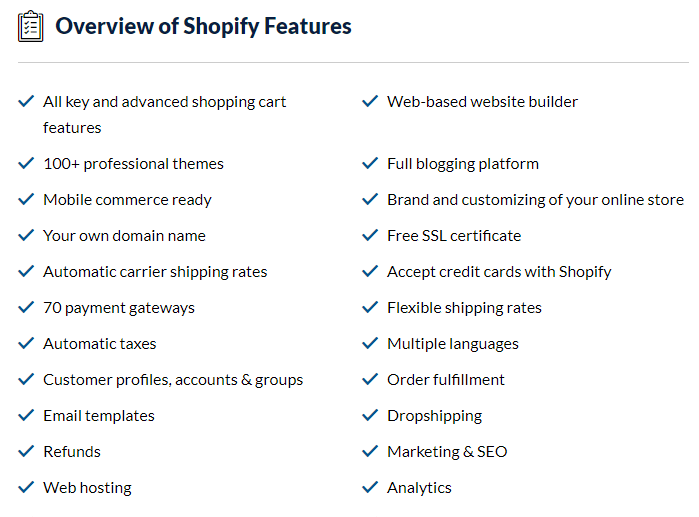
- Automatic calculation of shipping rates.
- Complete social media integration allows you to create a social media shop integrated with your main store.
- Facilities for drop-shipping.
- It gives you expert advice on marketing, programming, and design that help you set up shop following the best practices.
2. SEO
- At the top of the SEO game, with a score of 98-100, Shopify is built to give your store the publicity it deserves.
- Support for Alt-Tags, Meta Descriptions, image optimization, and more.
3. User-Friendliness
- The most user-friendly among the three platforms, Shopify’s user-experience triumphs over all the others with its drag and drop options, simplified theme editing modules, and interface.
- The easy-to-use admin panel is built to make the store management experience less hassle.
4. Shopify Pricing and Cost
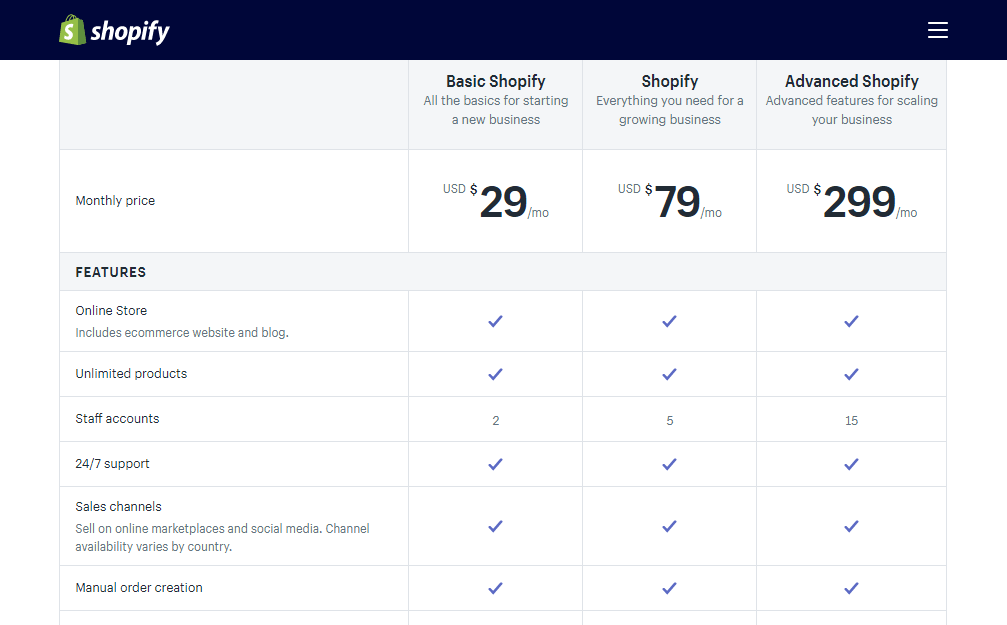
- They offer a 14-day trial period where users can get acquainted with Shopify as a platform.
- The free version also doesn’t let you fill in payment information.
- The pricing is a bit high for small-scale businesses but provides you with significant benefits in the long run.
5. Customer Service and Support
- 24/7 Support to all its customers through the web and social media channels.
- Offers valuable eCommerce advice to users ensuring their operations are optimized even further.
6. Security and Performance
- A highly-secure, closed-source platform that keeps all your data safe from the wrong hands.
- It is dubbed as the safest platform for most merchants.
7. Themes and Designs
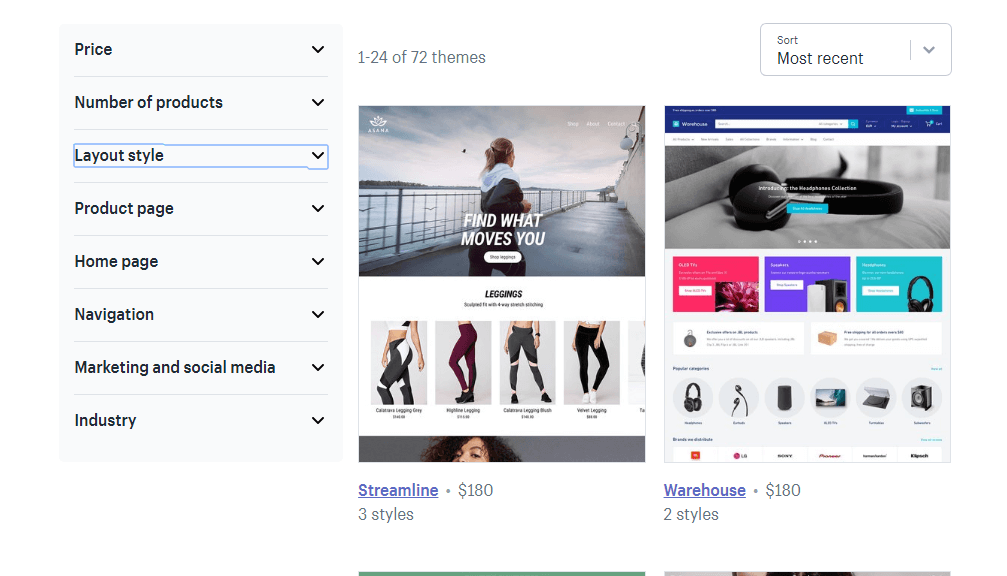
- Multiple paid and free themes for your store.
- The quantity of themes is a lot less, but their responsiveness and functionalities show that they do not compromise on quality.
- Pricing of the paid theme is significantly higher than Magento or WooCommerce, starting at $140.
8. User Ratings and Reviews
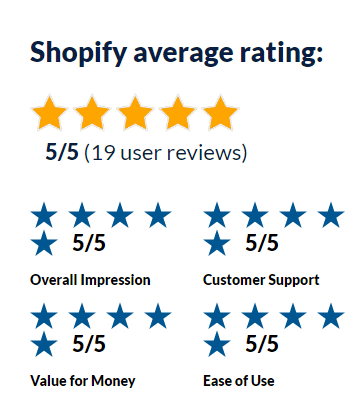
- Highly recommended ratings and thousands of satisfied customers.
- Lower than the average ratings are usually due to its closed-source nature, giving creatives more minor advantages over the layout and personalization of the site.
Conclusion:
Depending on your business plan, finances, and what you plan to sell on your store, you can select any of the three platforms. But, again, it’s best to try out each platform to get a feel for how they work before purchasing them or starting your main operations.

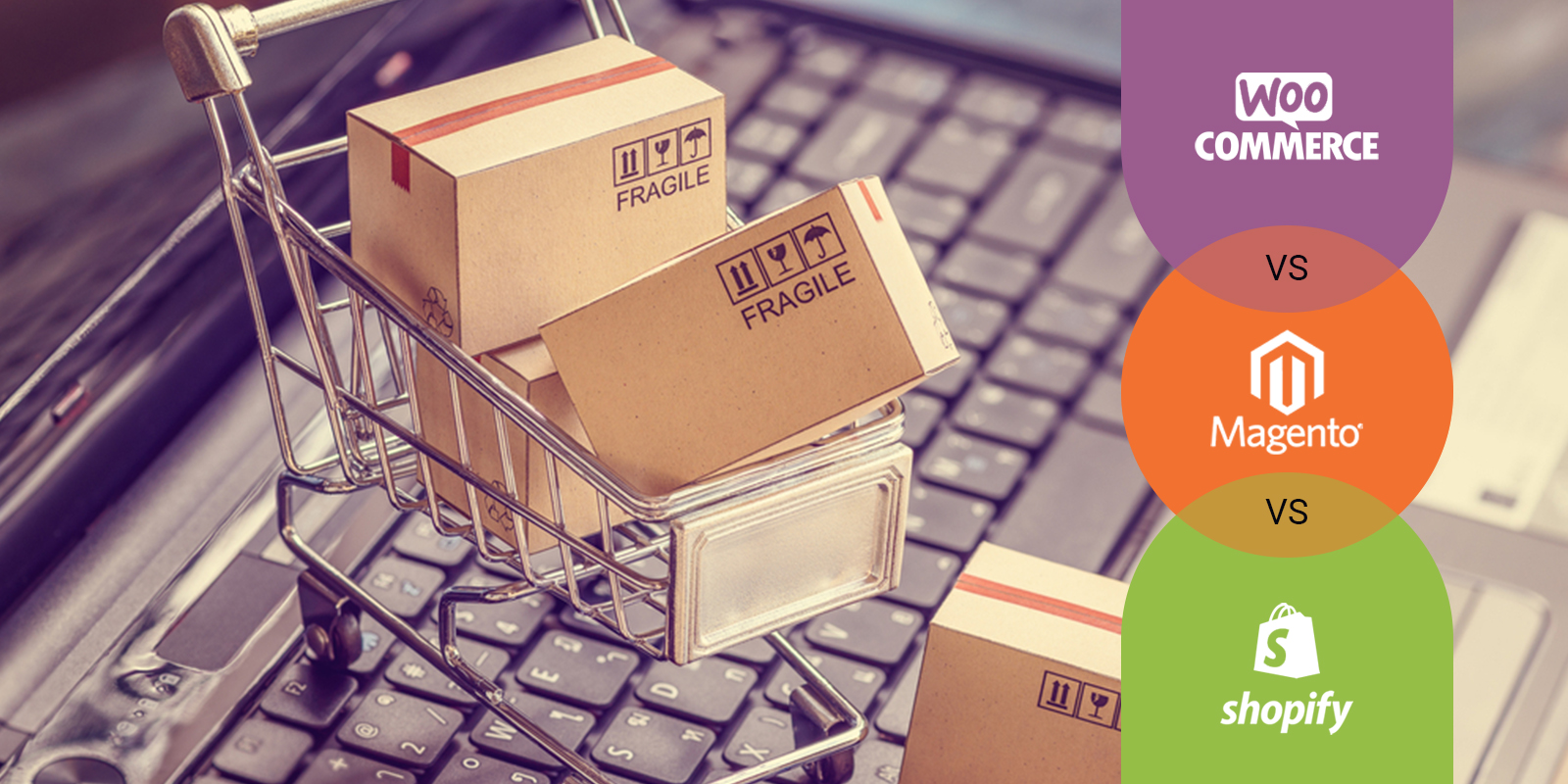


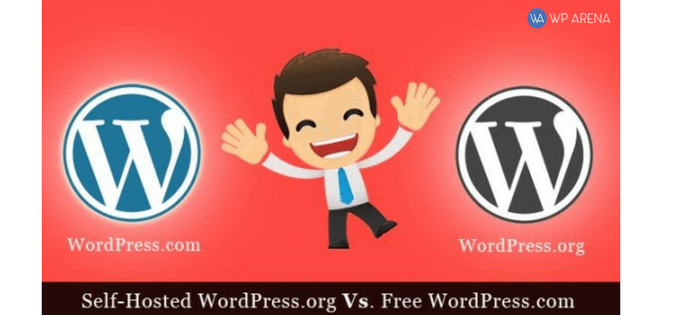
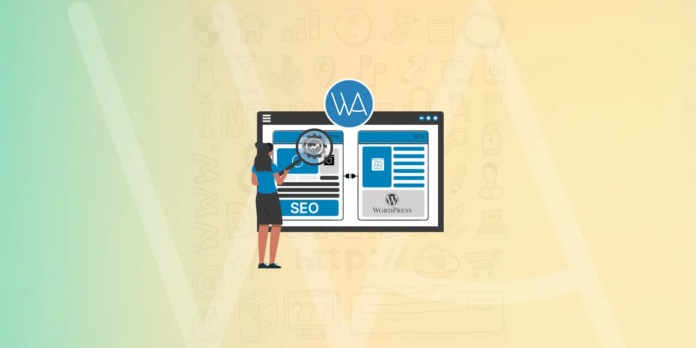

There are many types of methods for website building according to business and marketing niche marketplace. The modern business strategies are different from the traditional marketing strategies. The funny gif will make people happy and interested to read different sorts of jokes, stories and an interesting read.